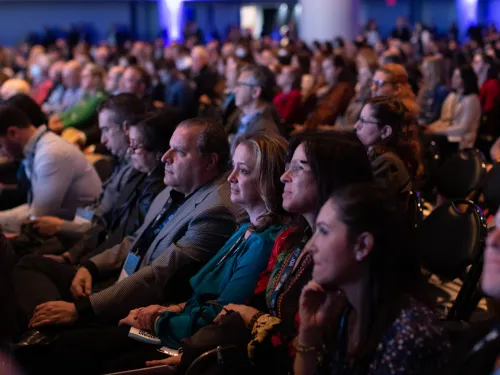Early Childhood Question Corner
For Educators | For Parents, Families, and CaregiversYou can help children embrace differences by exposing them to diversity as early as possible. This can be a natural part of everyday living as children develop relationships outside their family. Answer children’s questions about differences openly and honestly as they come up, and if you don't know the answers, seek them out. Another way to ensure diversity in children’s lives is to choose toys, books and media that reflect all types of people (e.g., include images of people with a variety of backgrounds, ages, abilities, characters that break gender stereotypes, art supplies in a wide range of skin, eye and hair colors). (Bias-Free Foundations: Early Childhood Activities for Families, 2001, 8).
Helping children learn to feel positive about themselves and others can also help them develop comfort with human differences. Children with a strong sense of self are less likely to put others down, a behavior that over time, can lead to prejudice. “Children that have poor self-images are more vulnerable to developing prejudices. They may try to bolster their own worth by finding a group of people who they can put down. An insecure child might think, ‘I may not be very good, but I am better than those people. For some, putting down others may serve a psychological function, allowing them to feel more important and powerful than those they put down” (What To Tell Your Child About Prejudice and Discrimination, 1997).
Teaching children to value the things that make people different and similar will assist the development of healthy self-esteem. Creating a diversity-rich atmosphere for children is important because what is included in their environment, as well as what is absent, sends indirect messages to children about who and what is important. As stated in NAEYC’s Teaching Young Children to Resist Bias: What Parents Can Do, “Building a healthy self-identify is a process that continues all our lives. Help children get a head start by teaching them to resist bias and to value the differences between people as much as the similarities.”
As children get older, support their curiosity about the diversity in the world by providing them with accurate, age-appropriate information when they ask questions and point out differences.









